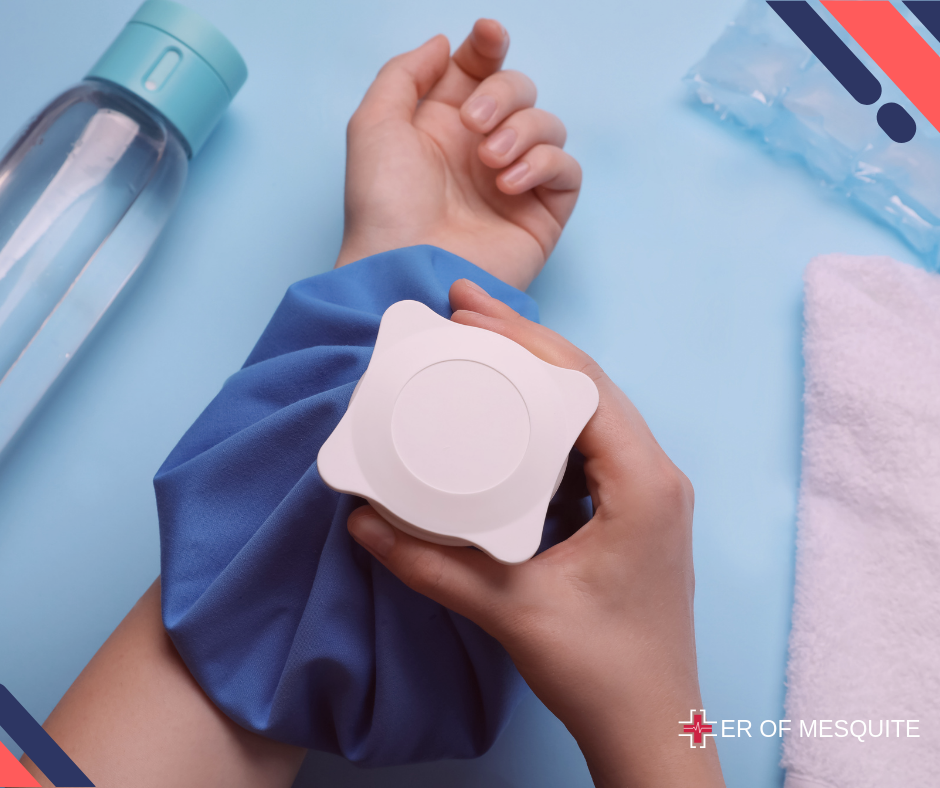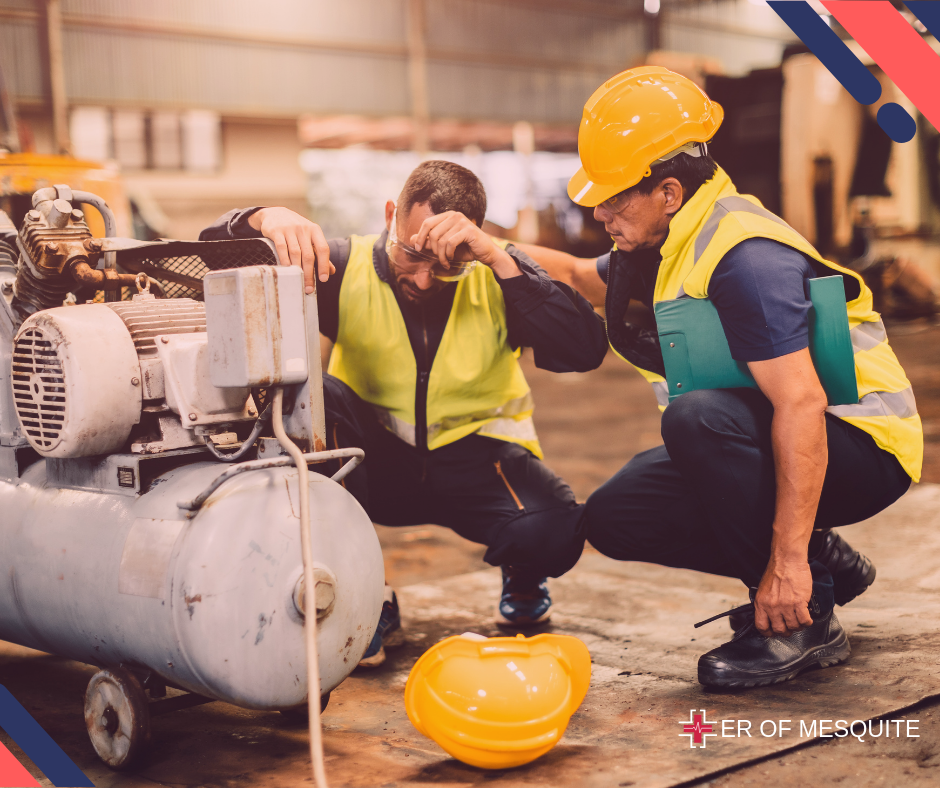As scorching temperatures become increasingly common, heatstroke has become a silent killer, claiming nearly half a million lives globally each year. This serious danger doesn’t discriminate – it can strike anyone from infants to the elderly, often with little warning.
But what exactly is heatstroke and what sets it apart from mere heat exhaustion? How can you spot the warning signs before it’s too late? And if the worst happens, what can you do to mitigate its impact?
Whether you’re an outdoor enthusiast, a concerned parent, or simply looking to stay safe during a heatwave, this guide is essential. We’ll help you recognize early signs to prevent heatstroke and equip you with crucial emergency response strategies.
Heat Exhaustion vs. Heat Stroke

While heat exhaustion and heatstroke are both heat-related illnesses, they differ significantly in severity and impact on the body.
Heat Exhaustion
Heat exhaustion occurs when the body loses too much water and salt through sweating, leading to dehydration. This typically happens after prolonged exposure to high temperatures, especially during physical exertion. Key aspects include:
- Dehydration affects the heart’s ability to pump blood efficiently.
- It can cause physical exhaustion, making normal activities challenging.
- It’s a serious condition but not immediately life-threatening.
Heatstroke
Heatstroke is a severe and life-threatening condition that requires immediate medical attention. It occurs when the body’s temperature rises to 104°F (40°C) or higher. It’s important factors include:
- The body’s heat-regulating mechanisms fail
- It can damage internal organs and tissues
- Often happens due to prolonged exposure to hot weather or strenuous physical activity in heat
- Immediate medical attention is crucial to prevent serious complications
Recognize the Warning Signs
Recognizing the signs of heat-related illnesses is crucial for timely intervention. Let’s explore distinct signs of heatstroke and heat exhaustion to prevent a dangerous escalation.
Symptoms of Heatstroke
- Hot, red skin (dry or moist, especially after physical activity)
- Initially a rapid and strong pulse, which weakens as heatstroke progresses
- Headache and dizziness
- Nausea and possible fainting
- Difficulty with movement and balance
- Abnormal breathing or crackling sounds in the lungs
- Reduced urine output
- Weakness
- Body temperature of 104°F (40°C) or higher
Symptoms of Heat Exhaustion
- Profuse sweating
- Initially a fast but weak pulse
- Nausea or vomiting
- Muscle cramps
- Fatigue and weakness
- Dizziness and headache
- Fainting
- Cool, pale, and moist skin
- Elevated body temperature, typically below 103°F (39.4°C)
Treatment for Heat Stroke or Heat Exhaustion

Since heat exhaustion and heatstroke are distinct medical conditions, their treatments differ. If you suspect someone is suffering from heat exhaustion, it’s important to take immediate steps to cool them down and rehydrate while waiting for medical assistance.
Treatment for Heat Exhaustion
- Drink cold beverages without alcohol or caffeine.
- Seek shade or a cooler environment.
- Stay indoors with air conditioning or use fans.
- Take a cool shower or bath.
- Remove excess clothing.
- Rest is essential as it reduces strain on the cardiovascular system and helps stabilize body temperature.
Treatment for Heat Stroke
Heatstroke is a life-threatening condition that requires swift intervention. Without immediate treatment, it can quickly lead to severe damage to the brain, heart, kidney, and muscle, potentially resulting in death.
If you suspect someone has heat stroke, contact the nearest ER immediately. While waiting for medical help, administer first aid for heatstroke by taking these steps to lower their body temperature:
- Move the person to a cooler area (shaded or air-conditioned area).
- If possible, immerse them in cool water (34 to 63°F). Research suggests that this is the most effective method to reduce core body temperature.
- If the person is conscious and alert, provide them with cool fluids.
Understanding the potential side effects of heatstroke and knowing how to respond could be life-saving. Stay informed and proactive to safeguard yourself and others from the risks of extreme heat, ensuring safer experiences in hot weather.
FAQs
What does heat stroke feel like?
Heatstroke feels like intense, overwhelming heat throughout your body, often accompanied by a throbbing headache, dizziness, and nausea. It also causes confusion, rapid breathing, and a racing heart, making it hard to think clearly or move.
How do you treat heat stroke?
Place ice packs or cool, wet towels on the neck, armpits, and groin. Cover the person with cool, damp sheets. If they’re conscious, offer chilled water, a sports drink with electrolytes, or another nonalcoholic, caffeine-free beverage.
What causes heatstroke?
Heatstroke occurs when your body overheats, usually from prolonged exposure to or physical exertion in high temperatures.
Do you ever fully recover from heat stroke?
Yes, most people can fully recover from heatstroke with prompt and appropriate treatment, but some individuals may experience long-term complications such as organ damage or increased sensitivity to heat. Seeking immediate medical attention and proper care are crucial for the best recovery outcomes.
